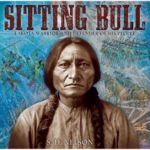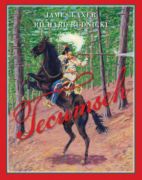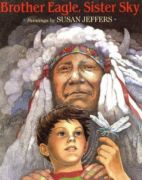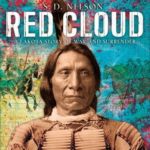
A detailed time line and author’s note reflect extensive research and a depth of understanding about the topic. The book is engagingly told in the first person, with Sitting Bull describing his childhood training to be a warrior and a hunter. White people had been in the area for many years, but increased westward expansion and the decision to build forts brought the tensions among the various Native groups and white settlers and soldiers to a higher level. The book does not attempt to present all sides of the issue but instead concentrates on what happened to the Hunkpapa people and other Sioux groups and the pivotal battles of Killdeer Mountain, Rosebud Creek, and Little Bighorn.




